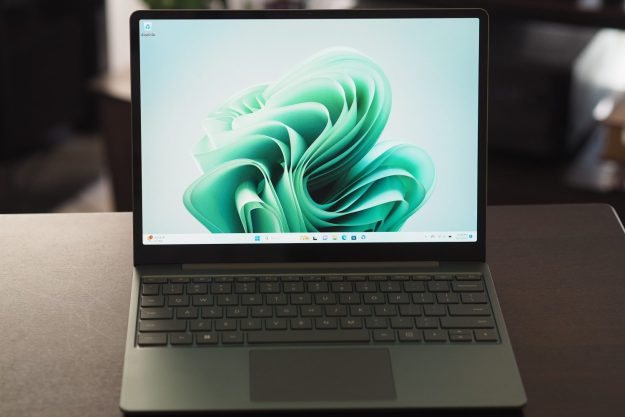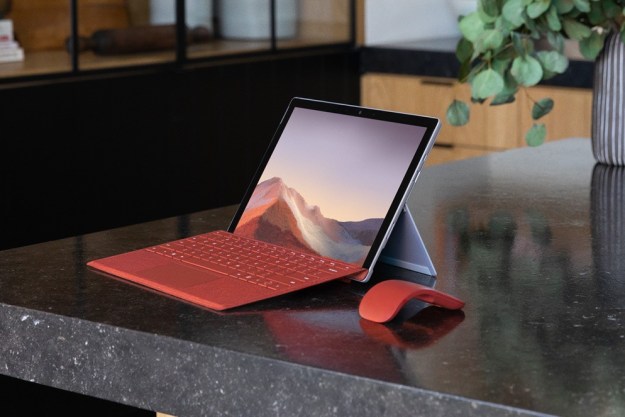Microsoft has remained diligently dedicated to its proprietary Surface Connect port over the years. But now, Microsoft is swapping out its proprietary Surface Connect port for a more conventional Thunderbolt 4 on the latest version of its Surface Dock, which the company announced on Tuesday.
This is a first for Microsoft, which has used its proprietary Surface Connect port since 2014 starting with the Surface Pro 3.

However, Microsoft said in its announcement blog post that Thunderbolt 4 support on the new Surface Dock will extend Thunderbolt 4 connectivity on several devices, including the Surface Pro 9, Surface Laptop 5, and Surface Laptop Studio. The Surface Dock is selling for $300.
For many years, the Surface Pro devices lacked a USB-C Thunderbolt port, with Microsoft often pointing to the magnetic Surface Connect as its own replacement. But even once Thunderbolt finally came to the Surface Pro 8, Microsoft kept the Surface Connect around too. The switch to
Specifications on the Surface Dock include dimensions of 5.91 by 2.95 by 0.84 inches, with three Thunderbolt 4 USB-C ports, three 5Gbps USB-A ports, a 2.5Gbps Ethernet port, and a 3.5mm headphone jack. Its charging power provides 96 watts when connected to a laptop. Additionally, the Dock connects ideally with Windows 11 and can project from a laptop to two 4K monitors at 60 Hz. The connector port is also easily detachable, so it won’t snag your laptop and cause an accident.
The Dock should also have general support for other PC laptops and MacBooks; however, specifics, such as Ethernet and external display support might depend on the individual specs of devices, Ars Technica notes.
While Microsoft notes that the Surface Thunderbolt 4 Dock is a commercial product, it has many IT features, which might still make the Dock appealing to business customers. These include Firmware Update through Windows Update, Wake on LAN from Modern Standby, and MAC Address Passthrough. Surface Enterprise Management Mode (SEMM).
The brand plans to sell the Surface Dock alongside older models, including the Surface Dock 2, which sells for $260, and Microsoft USB-C Travel Hub products to maintain a choice of options for consumers.
Though Microsoft has introduced this new accessory, Thunderbolt 4 might also soon be on its way out as the transfer standard. Intel previewed the Thunderbolt 4.2 standard in October of 2022 which it claims can deliver up to three times the capability of
Whether or not we’ll see Microsoft replace its Surface Connect dock on new versions of its Surface devices is yet to be seen. Either way, it’s great to see Microsoft supporting more universal standards in its high-end Surface products.
Editors' Recommendations
- Microsoft finally kills this legacy Windows app — for good this time
- How Intel and Microsoft are teaming up to take on Apple
- The Surface Pro could finally live up to its potential this year
- I’m worried about the future of the Microsoft Surface
- This sleeper Asus laptop is faster and cheaper than Microsoft’s Surface Laptop Go 3



